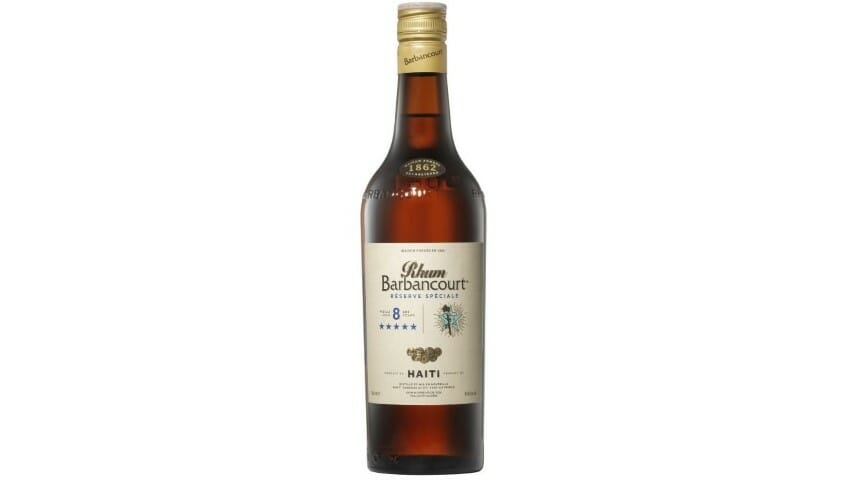Rhum Barbancourt Reserve Speciale Five Star (8 Years)
Photos via Rhum Barbancourt
I will immediately say this for Haitai’s Rhum Barbancourt—it’s been quite a while since any rum review required me to do quite this much reading and research, before I started writing. This is an unusual, unique product, and the more one reads about it, the stranger and more distinct within the rum industry it becomes. It exists in a wholly separate little niche all its own, apart from both the molasses-based rums of the Caribbean and the cane juice-based rhum agricole of Martinique, Guadalupe and others. It takes time to wrap your head around this particular product, even if you’re already a rum geek.
Allow me to explain.
Rhum Barbancourt is the most famous rum producer in Haiti, although it’s hard to know if we should be spelling it “rum” or “rhum” in this case—more on that momentarily. On the island itself, however, the most commonly consumed spirit is known as clairin, which is essentially a DIY, unregulated and locally produced form of rum. Clairin is produced by small-time neighborhood distillers from fresh sugarcane juice instead of molasses, as in rhum agricole, but is allowed to ferment via wild yeast rather than commercial yeast strains. This results in a lot of variation and local terroir in clairin, along with the fact that local farmers are often using less common, heirloom sugar cane varietals to make their spirits. This is the spirit consumed on a daily basis by many Haitians—unaged, funky and individualistic.
Rhum Barbancourt, meanwhile, makes a more refined product for both local consumption and worldwide export, but their methods are unusual for the industry in several ways. They ferment pure sugar cane juice, as in rhum agricole, but do not fall under the French-style AOC certifications present in places like Martinique, and don’t use the word “agricole” as a result. They then age their rums in French Limousin oak casks, which they note is “a method similar to the finest cognacs.” These releases are available in a range of age statements, from an unaged white rum to a 15-year-old premium product.
However, there’s another aspect of production that is quite important to note, and that is the double distillation of Rhum Barbancourt to a very, very high proof. Unlike most rhum agricole, which is distilled only once to an initial proof of around 140 (70% ABV), Rhum Barbancourt is reportedly distilled all the way to 180 proof (90% ABV) before being cut with water. This results in a more “pure” spirit, but one that has had more of its terroir and innate, sugar cane-derived flavors stripped away, as this proof point is almost vodka-like … vodka must be distilled to 190 proof, actually. It suggests that the distillery is attempting to make light-bodied rums that are on the more subtle side, which will be perceived by the consumer as “smooth.” It’s almost like the rum equivalent of “light whiskey” in the whiskey industry, in fact.
Rhum Barbancourt has been in operation since 1862 and in 2020 transferred leadership to the fifth generation of the Gardère family to operate the distillery, Delphine Nathalie Gardère. As the distillery puts it: “Her father, Thierry Gardère, a staple in the spirit industry, managed the company for almost three decades until he passed away in March 2017. After succeeding him and managing the brand for the first year; Delphine has now come back at the helm of the company, representing the second female leader in the history of the distillery.”